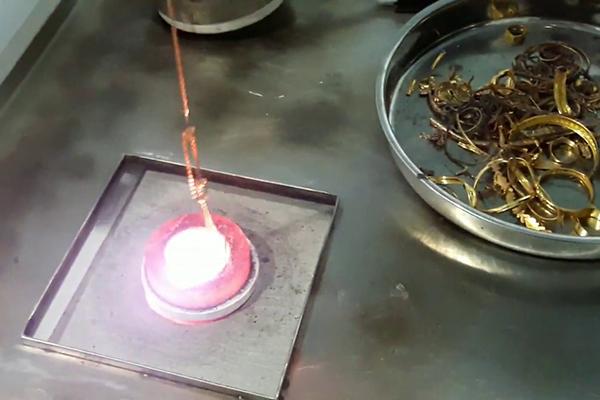When it comes to jewelry design, understanding the melting point of gold is crucial for artisans and manufacturers. Gold, with its beautiful luster and malleability, is a favorite material in the jewelry industry. The melting point of gold, approximately 1,064 degrees Celsius (1,947 degrees Fahrenheit), directly influences how designers work with this precious metal.
Jewelry makers often need to melt gold to create various pieces, from simple rings to intricate necklaces. The relatively low melting point allows jewelers to heat gold without requiring extremely high temperatures, making it easier to manipulate. This capability is essential for techniques such as casting, where molten gold is poured into molds to create specific shapes.
Additionally, the melting point plays a vital role in alloying processes. Jewelers frequently combine gold with other metals to create alloys that enhance certain properties, such as strength and color. For example, mixing gold with copper results in rose gold, while adding silver produces white gold. Understanding the melting point of these alloys is essential to ensure they melt and mix properly during the creation process.
The melting process also allows jewelers to repair and reshape existing gold pieces. When a piece of jewelry becomes damaged, it can often be melted down and reformed. This recycling aspect is not only sustainable but also allows jewelers to create new designs from old materials. Gold's melting point facilitates this creativity, enabling artisans to innovate while minimizing waste.
Moreover, the melting point's significance extends to the finishing touches on jewelry. After casting, pieces often require additional heating to remove surface imperfections or to improve their luster. Jewelers can achieve this by carefully controlling temperatures to ensure the gold remains malleable without compromising its structural integrity.
Culturally, the melting point of gold has historical importance. Ancient civilizations understood the value of gold and developed techniques for melting and shaping it into jewelry. These processes were often ceremonial, reflecting the metal's status symbol throughout history. Understanding the melting point has allowed cultures to create heirloom pieces that endure through generations.
In contemporary jewelry making, technology has further refined the manipulation of gold at its melting point. Modern furnaces and torches allow for precise temperature control, enabling jewelers to achieve specific effects and finishes. This technological advancement ensures that the beauty and quality of gold jewelry remain high.
In summary, the melting point of gold is a fundamental aspect of jewelry design and manufacturing. Its impact on casting, alloying, and shaping processes underscores the importance of this property for artisans. As the jewelry industry continues to evolve, the understanding of gold's melting point will remain essential for creating beautiful and enduring pieces.

